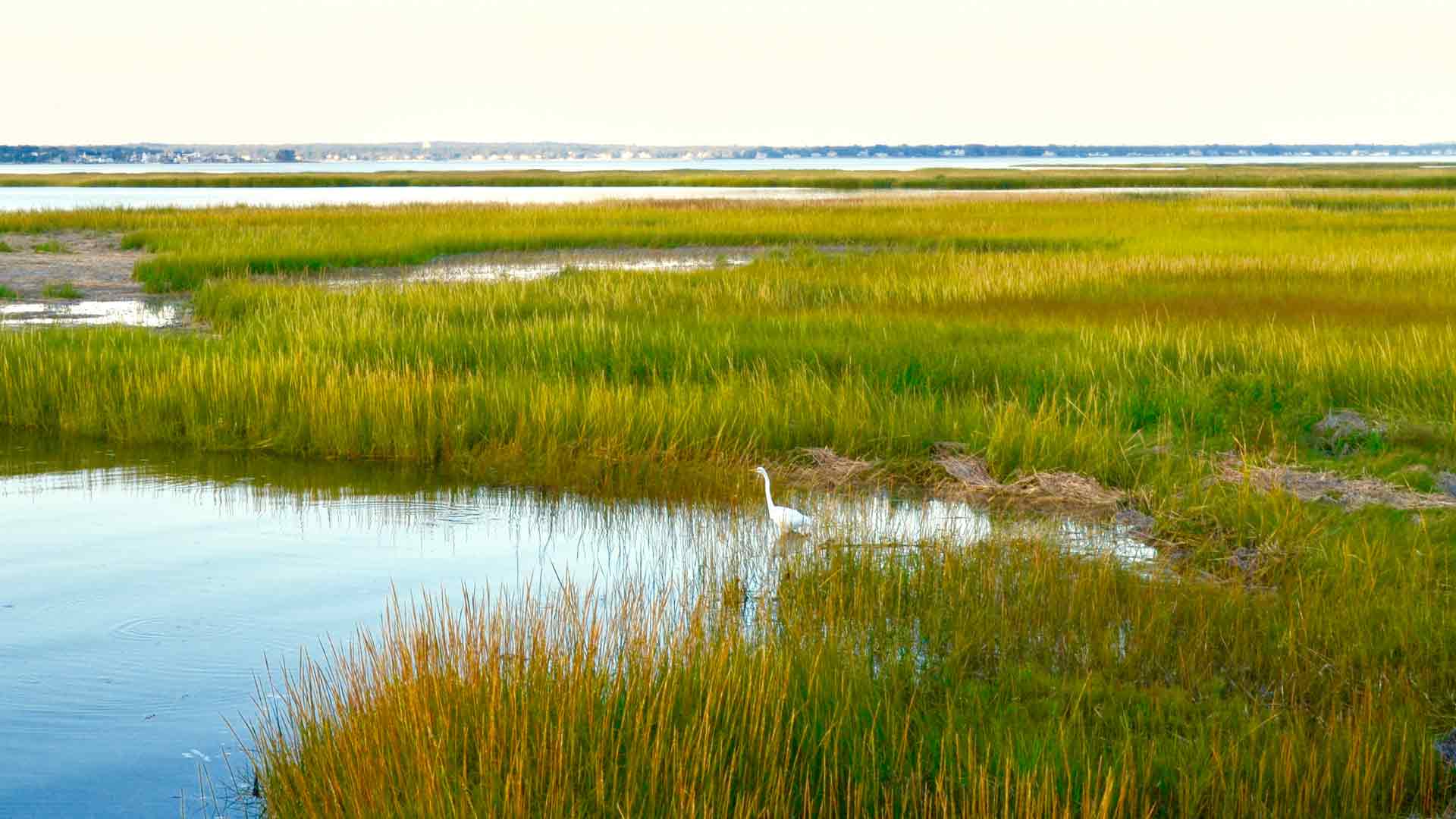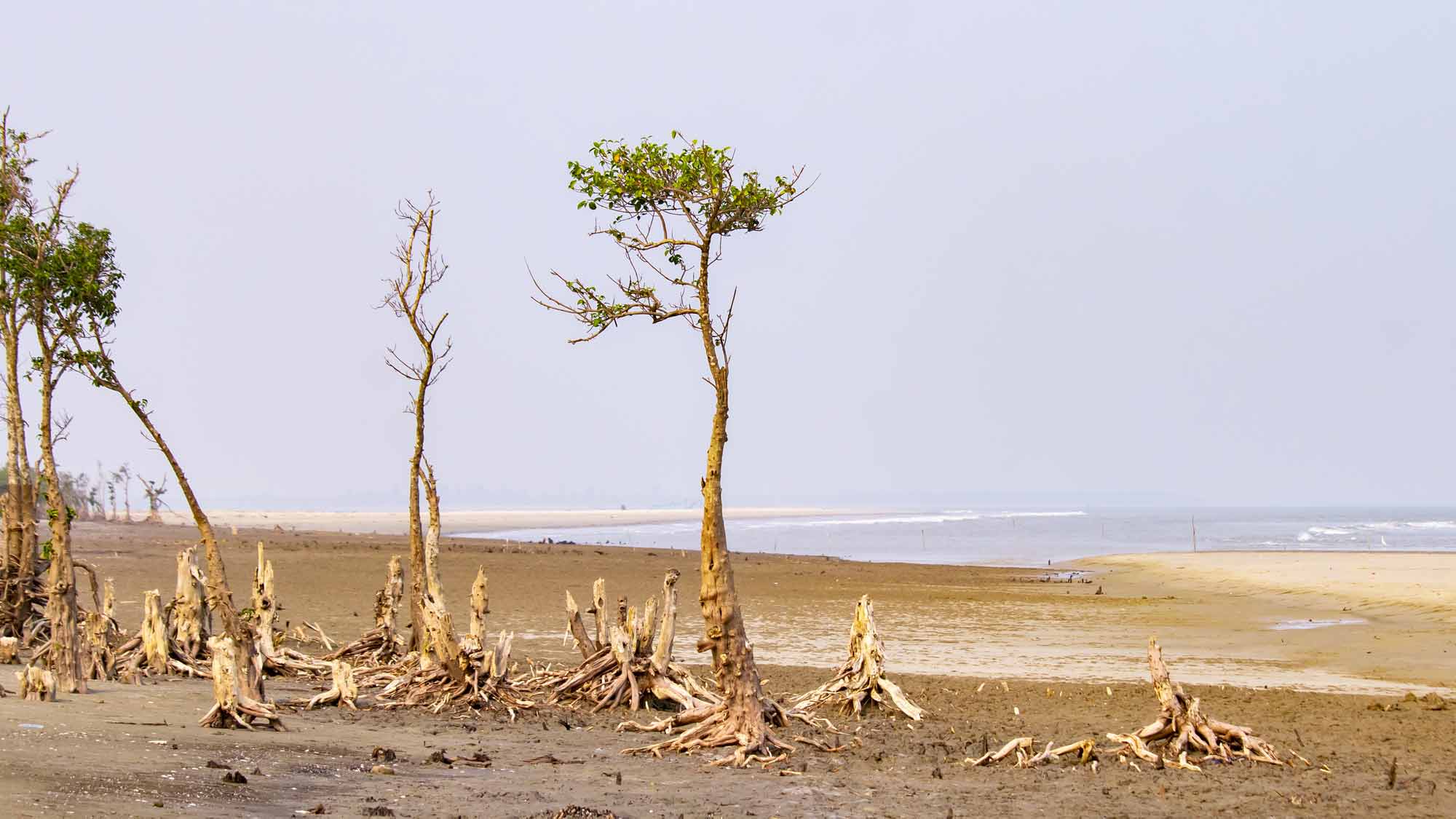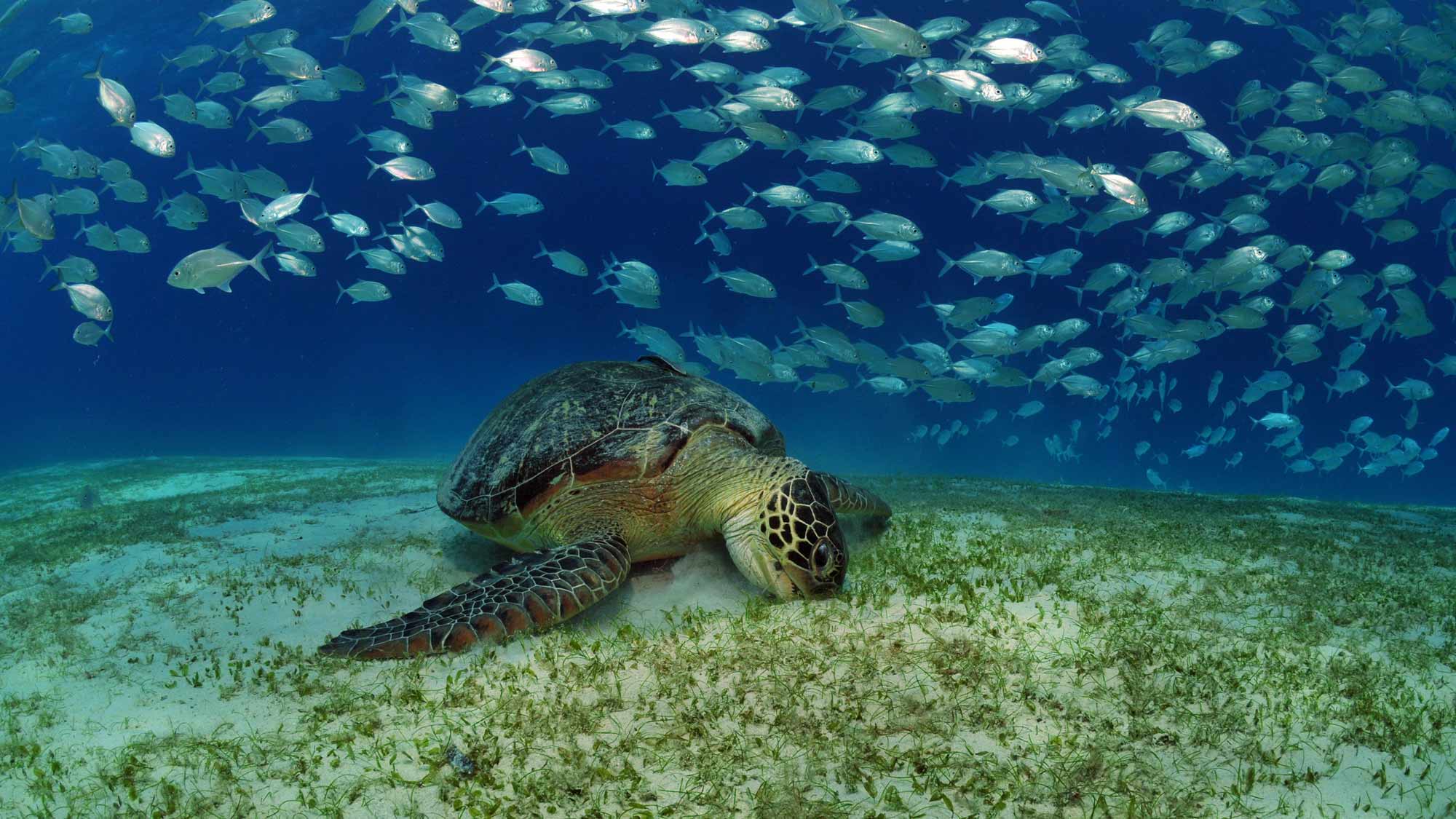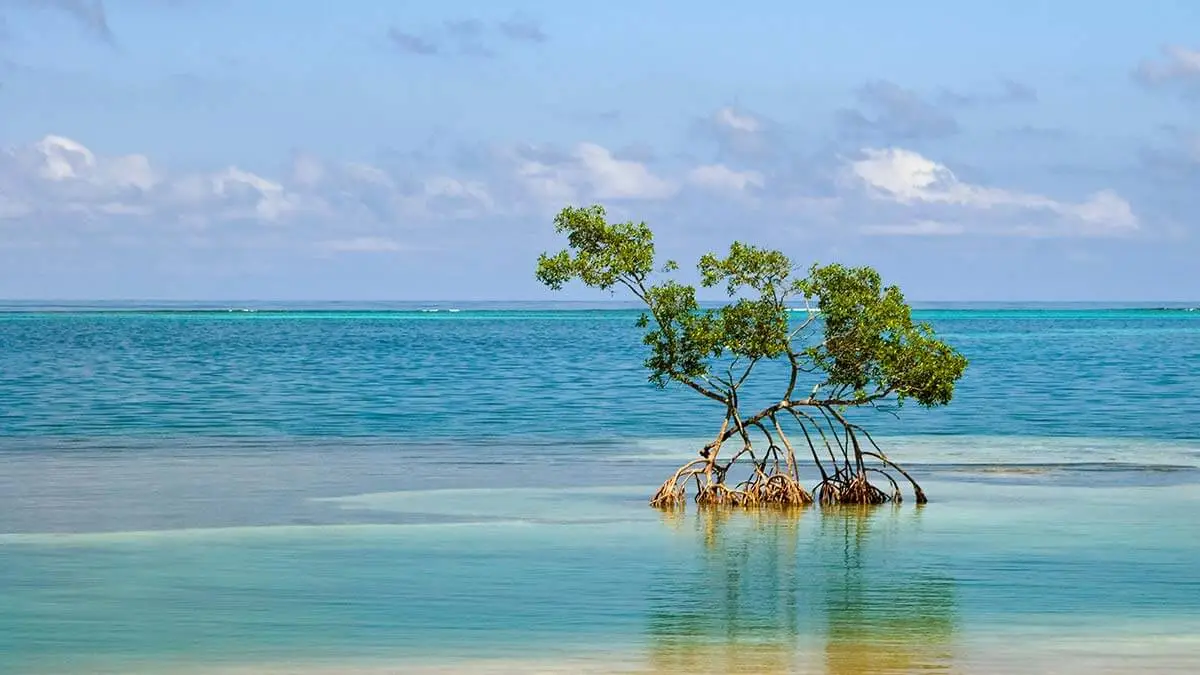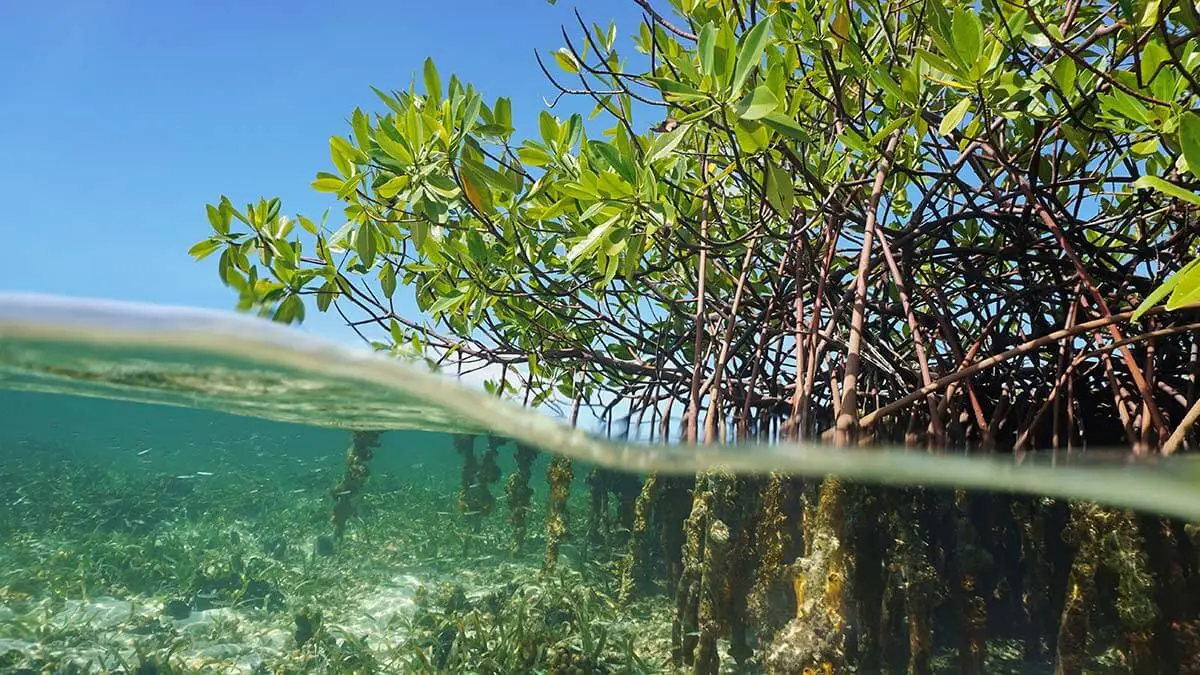BLUE CARBON
Blue Carbon
Blue carbon ecosystems are one of nature’s strongest defenses against climate change. Found along coasts worldwide, mangroves, seagrasses, and salt marshes store vast amounts of carbon and shield communities from storms. They also support life in the ocean and create unforgettable experiences for travelers who kayak through mangrove channels, snorkel over seagrass meadows, or watch birds in salt marshes.

What Is Blue Carbon?
Blue carbon refers to the carbon that is captured and stored by ocean and coastal ecosystems, such as mangroves, seagrasses, and salt marshes. These habitats absorb CO₂ and lock the carbon away in their waterlogged soils for centuries or longer.
Blue Carbon Ecosystems
Three coastal habitats qualify as blue carbon ecosystems: mangroves, seagrasses, and salt marshes
Benefits of Blue Carbon Ecosystems
Blue carbon ecosystems offer a range of benefits, from storing carbon and protecting coasts to supporting wildlife, local communities, jobs, and tourism.

Carbon Sinks
Absorb carbon up to 10x faster than forests and store twice as much per area, keeping it underground for centuries.

Coastal Defense
Buffer coasts from storms, floods, and erosion, helping communities stay safe as the climate changes.

Wildlife Habitats
Provide nurseries and shelter for fish and birds, plus food for dugongs, turtles, and other marine animals.

Livelihoods
Support ocean health, supplying seafood and sustaining fishing, guiding, and other marine-based jobs.

Tourism
Attract travelers through ecotourism and wildlife experiences that depend on flourishing coastal ecosystems.
How Blue Carbon Storage Works
Blue carbon ecosystems absorb CO₂ and store it in their leaves, stems, and roots. But what makes them special is what happens below the surface. When this plant material settles into wet, oxygen-poor soils, the waterlogged mud slows decay. Layer by layer, carbon builds up and becomes trapped underground for thousands of years.

Tourism and Blue Carbon
Blue carbon ecosystems attract travelers for kayaking, diving, wildlife watching, and nature walks. Tourism in these habitats supports local jobs, from guides and boat operators to hospitality staff and fishers, and can raise awareness about conservation. In Indonesia, mangrove tourism generates nearly USD $30 million per year across 300 sites. But without careful management, tourism can also harm the fragile environments that make these experiences possible.
Blue Carbon Ecosystem Loss
Once vast and thriving, blue carbon ecosystems are vanishing rapidly. Large areas of seagrasses, salt marshes, and mangroves have already been lost — and today, they’re disappearing at a rate of about 1 to 3 soccer fields every minute.
Threats to Blue Carbon
The main threats to blue carbon ecosystems include coastal development, pollution, overharvesting, physical disturbances, and climate change. When these habitats are degraded, they stop capturing carbon and can even release what they’ve stored.
Restoring Blue Carbon With Offsets
Carbon offset projects protect and regenerate blue carbon ecosystems, allowing them to thrive and continue absorbing carbon.
This project restores centuries-old fishing valleys in the Venice Lagoon, revitalizing salt marshes and improving natural flood defenses.
This project protects and restores mangrove forests on Kenya’s coast, replenishing fish populations and boosting community resilience.
Take Action for Blue Carbon

Travel Responsibly
Download our marine tourism tips list to learn how to visit coasts in an eco-friendly way.

Support Conservation
Fund carbon offset projects that protect blue carbon, forests, and other ecosystems.

Join as a Member
Get tools and support to make your business more sustainable and climate-smart.
Explore More Blue Carbon Resources
Stay up to date with the latest blue carbon insights, stories, and solutions.
Frequently Asked Questions
Explore answers to top questions about blue carbon.
What is blue carbon?
Blue carbon refers to the carbon stored in coastal and marine vegetated ecosystems, including mangroves, seagrasses, and salt marshes. These habitats capture carbon from the atmosphere and store it in both their plants and the sediment below, where it can remain for centuries or even millennia.
why is blue carbon important?
Blue carbon ecosystems are powerful natural climate solutions that act as carbon sinks, storing more carbon per unit area than terrestrial forests. They also protect coastlines from storms and erosion, support biodiversity on land and in the ocean, and sustain livelihoods in island and coastal communities.
Which ecosystems store blue carbon?
Mangroves, seagrasses, and salt marshes are the primary blue carbon ecosystems.
How does blue carbon differ from green carbon?
Blue carbon is stored in ecosystems that grow along ocean coasts, including mangroves, seagrasses, and salt marshes. Green carbon, on the other hand, refers to carbon stored in terrestrial ecosystems, such as forests, grasslands, and soils. Both play important roles in regulating the climate, but blue carbon ecosystems can store carbon for much longer periods and at higher rates per unit area.
How does blue carbon differ from teal carbon?
While blue carbon focuses on coastal and marine ecosystems, teal carbon extends the concept to freshwater wetlands, including peatlands, floodplains, and marshes found inland. Both capture and store carbon in plants and sediment, but blue carbon ecosystems are influenced by saltwater, while teal carbon ecosystems are found in freshwater environments.
How do blue carbon offsets help fight climate change?
Conserving and restoring mangroves, seagrasses, and salt marshes prevents carbon emissions that would be released if these ecosystems were destroyed and expands their capacity to store carbon. Carbon offsets can fund on-the-ground projects that protect and rehabilitate these habitats.
Stay Connected
Get our emails for more tips on how to protect our planet’s most vulnerable and treasured destinations.












